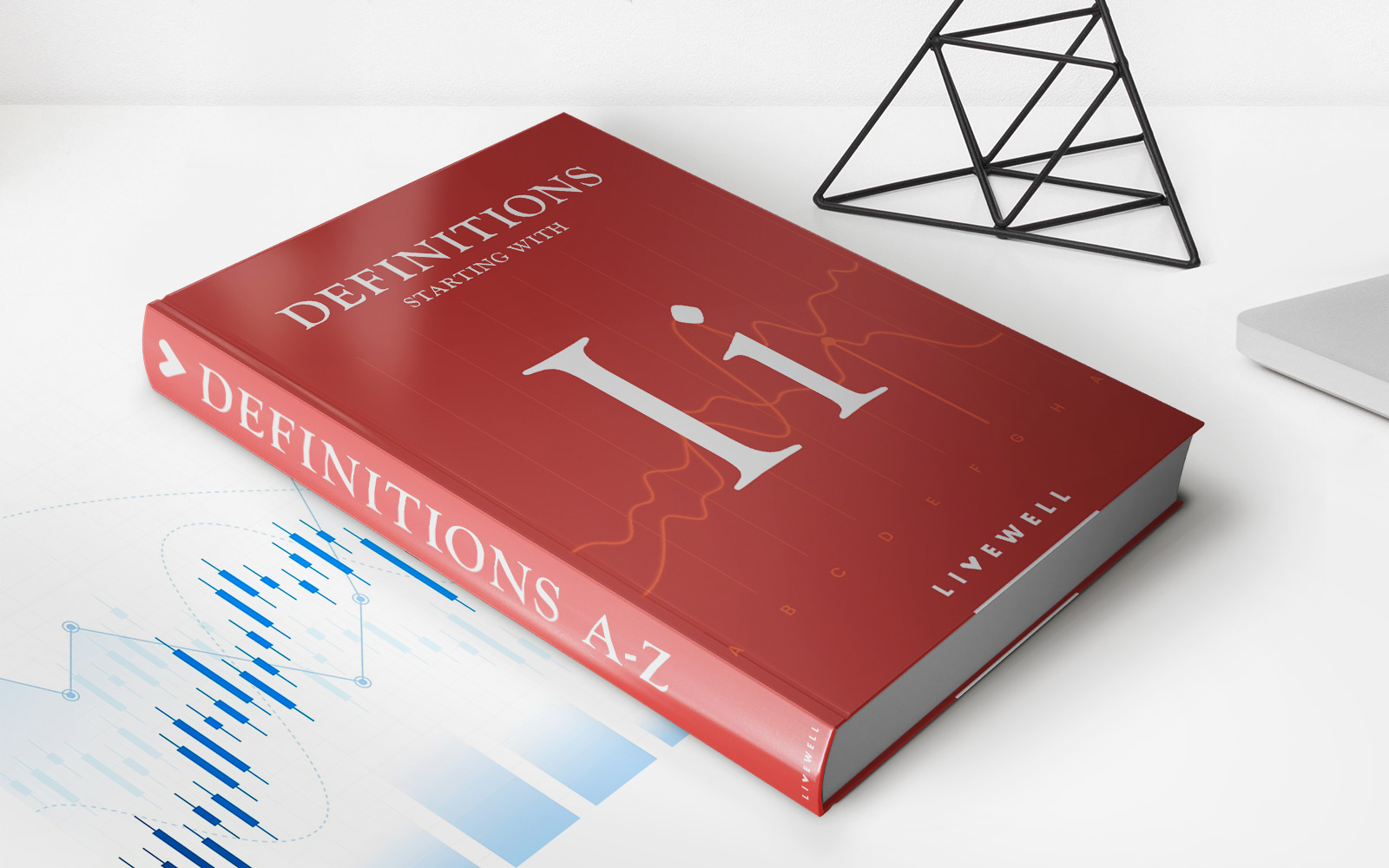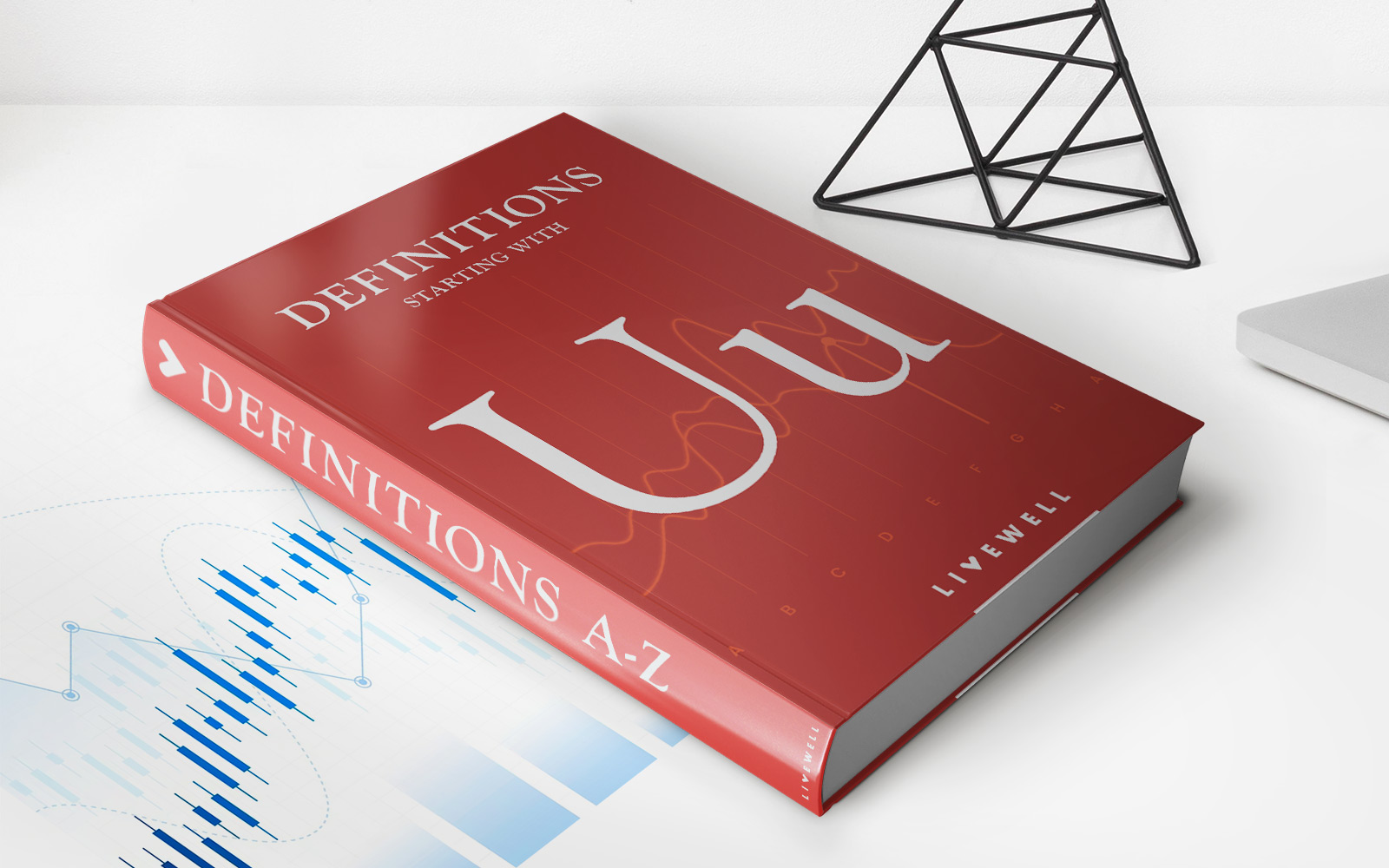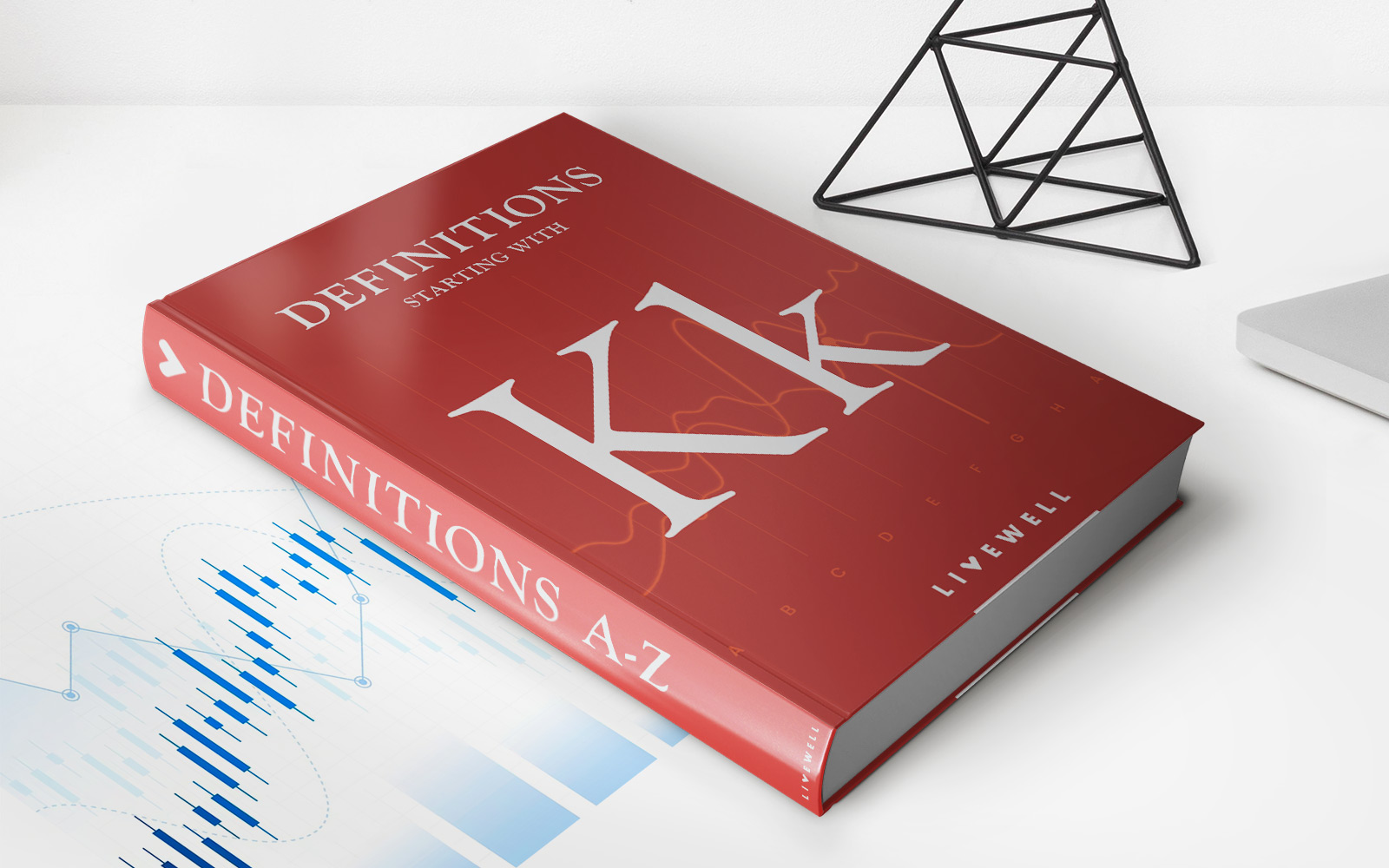

Finance
How Do Bank Statement Loans Work?
Published: February 18, 2024
Learn how bank statement loans work and get the financing you need. Explore the benefits and requirements of this alternative finance option.
(Many of the links in this article redirect to a specific reviewed product. Your purchase of these products through affiliate links helps to generate commission for LiveWell, at no extra cost. Learn more)
Table of Contents
Introduction
When it comes to securing a loan, traditional lending institutions often require extensive documentation, including tax returns and pay stubs. For self-employed individuals or those whose income varies, meeting these requirements can be challenging. This is where bank statement loans come into play, offering a viable alternative for individuals with non-traditional income sources.
Bank statement loans provide a pathway for self-employed individuals, freelancers, and small business owners to access financing without the need for traditional income verification. Instead of relying on tax returns and W-2 forms, these loans utilize bank statements to assess an applicant’s financial stability and repayment capacity. This approach offers a more inclusive lending option, accommodating individuals whose income may not be accurately represented through standard documentation.
Understanding the intricacies of bank statement loans is essential for those seeking alternative financing options. From eligibility requirements to the application process and the advantages and drawbacks of this loan type, this comprehensive guide will delve into the inner workings of bank statement loans, empowering you to make informed financial decisions.
What is a Bank Statement Loan?
A bank statement loan, also known as an alternative income verification loan, is a type of financing that enables individuals with non-traditional income sources to secure funding without relying on conventional income documentation such as tax returns or pay stubs. This loan option is particularly beneficial for self-employed individuals, freelancers, and small business owners who may experience fluctuating income or have difficulty meeting the stringent documentation requirements of traditional loans.
Instead of scrutinizing tax returns and W-2 forms, bank statement loans utilize personal or business bank statements to assess an applicant’s income and financial stability. Lenders typically review the deposits and cash flow reflected in these bank statements to gauge the borrower’s ability to repay the loan. This approach provides a more flexible and inclusive means of evaluating an individual’s financial standing, accommodating those whose income may not be adequately represented through traditional documentation.
Bank statement loans are available for various purposes, including purchasing a home or investment property, refinancing existing debt, or obtaining funds for business endeavors. By considering bank statements as a primary means of income verification, these loans offer a viable solution for individuals who may not meet the strict criteria of traditional mortgage or personal loans.
It’s important to note that bank statement loans may have slightly higher interest rates or require a larger down payment compared to traditional loans, reflecting the increased risk for the lender. However, for many individuals with non-traditional income sources, the accessibility and flexibility of bank statement loans outweigh the associated costs, making them a valuable financial tool.
Eligibility and Requirements
Qualifying for a bank statement loan hinges on several key factors, including the applicant’s financial history, creditworthiness, and the nature of their income sources. While specific eligibility criteria may vary among lenders, there are common requirements that applicants must typically meet to be considered for a bank statement loan.
- Income Documentation: Since bank statement loans cater to individuals with non-traditional income sources, such as self-employment or freelance work, applicants are typically required to provide personal or business bank statements spanning a specified period. These statements serve as the primary means of income verification, showcasing the applicant’s cash flow and financial stability.
- Credit Score: Lenders assess the applicant’s creditworthiness to determine their ability to manage debt and make timely repayments. While the minimum credit score requirements for bank statement loans may be more flexible compared to traditional loans, a favorable credit history can enhance the applicant’s eligibility and potentially lead to more favorable loan terms.
- Down Payment: Depending on the lender and the specific loan program, applicants may be required to provide a larger down payment compared to traditional loans. This serves as a risk mitigation strategy for the lender, especially when dealing with individuals whose income documentation may be less conventional.
- Debt-to-Income Ratio: Lenders evaluate the applicant’s debt-to-income ratio, comparing their monthly income to existing debt obligations. While the acceptable debt-to-income ratio may vary, demonstrating a manageable level of debt in relation to income can bolster the applicant’s eligibility for a bank statement loan.
It’s important for prospective borrowers to engage with lenders who specialize in bank statement loans, as these financial institutions have a deeper understanding of the unique income structures and financial circumstances of self-employed individuals and small business owners. By seeking out lenders experienced in alternative income verification, applicants can navigate the eligibility requirements more effectively and increase their chances of securing a bank statement loan that aligns with their financial goals.
How to Apply for a Bank Statement Loan
The application process for a bank statement loan shares similarities with traditional loan applications but also incorporates specific considerations tailored to individuals with non-traditional income sources. Understanding the nuances of this process can empower applicants to navigate the application journey more effectively and position themselves for a successful loan approval.
- Documentation: Applicants are typically required to gather and submit several key documents, including personal or business bank statements covering a specified period, personal identification, proof of address, and any additional documentation requested by the lender. The completeness and accuracy of these documents play a pivotal role in the evaluation of the loan application.
- Financial History: Providing a clear and comprehensive overview of one’s financial history is essential. This may include detailing sources of income, highlighting any significant financial events, and elucidating the nature of self-employment or business activities. Transparently articulating one’s financial standing can instill confidence in the lender regarding the applicant’s ability to manage the loan responsibly.
- Engaging with Specialized Lenders: Collaborating with lenders experienced in bank statement loans can significantly streamline the application process. These specialized institutions possess a deeper understanding of non-traditional income structures, allowing them to offer tailored guidance and support throughout the application journey.
- Seeking Pre-Approval: Obtaining pre-approval for a bank statement loan can provide applicants with a clearer understanding of their purchasing power and streamline the home buying process. Pre-approval involves a preliminary assessment of the applicant’s financial situation, creditworthiness, and potential loan terms, offering valuable insights before embarking on property acquisition.
- Professional Guidance: Seeking the assistance of financial advisors or mortgage brokers with expertise in bank statement loans can offer valuable support. These professionals can provide personalized insights, assist in selecting suitable loan programs, and guide applicants through the intricacies of the application, enhancing their overall experience.
By proactively engaging with the application process and leveraging the expertise of specialized lenders and financial professionals, applicants can navigate the complexities of securing a bank statement loan with confidence and clarity.
Pros and Cons of Bank Statement Loans
Bank statement loans offer a range of advantages and considerations that individuals should carefully weigh before opting for this alternative financing option. Understanding the pros and cons can empower borrowers to make informed decisions aligned with their unique financial circumstances.
Pros:
- Accessibility: Bank statement loans provide a viable avenue for self-employed individuals, freelancers, and small business owners to access financing, circumventing the stringent income verification requirements of traditional loans. This enhanced accessibility can enable individuals with non-traditional income sources to pursue homeownership or investment opportunities.
- Flexibility: By utilizing bank statements as a primary means of income verification, these loans offer greater flexibility in assessing an applicant’s financial standing. This accommodates individuals with fluctuating income or unconventional earnings, providing a more inclusive approach to loan eligibility.
- Customized Evaluation: Lenders specializing in bank statement loans often employ a more personalized and holistic approach to evaluating an applicant’s financial history. This can lead to a more nuanced assessment, considering the unique circumstances and income dynamics of self-employed individuals and small business owners.
- Opportunity for Growth: For entrepreneurs and business owners, bank statement loans can serve as a catalyst for growth by providing access to capital for business expansion, investment in new ventures, or leveraging opportunities for increased financial stability and prosperity.
Cons:
- Higher Costs: Bank statement loans may entail slightly higher interest rates or require a larger down payment compared to traditional loans. This reflects the increased risk for the lender when accommodating individuals with non-traditional income sources, potentially resulting in higher overall borrowing costs.
- Documentation Complexity: The documentation process for bank statement loans may be more intricate, requiring comprehensive bank statements and additional financial records to substantiate income and financial stability. This heightened documentation complexity can present a challenge for some applicants.
- Risk Assessment: Lenders may conduct a more rigorous risk assessment for bank statement loans, scrutinizing the applicant’s financial history and income patterns to mitigate the heightened risk associated with non-traditional income sources. This can lead to a more thorough evaluation process.
- Varied Loan Terms: Due to the specialized nature of bank statement loans, the available loan terms and program options may be more limited compared to traditional loans, potentially constraining the borrower’s choices in securing financing that aligns with their preferences.
By carefully evaluating the advantages and drawbacks of bank statement loans, individuals can make informed decisions regarding their financing needs, weighing the accessibility and flexibility of these loans against the associated costs and considerations.
Conclusion
Bank statement loans offer a valuable financial avenue for individuals with non-traditional income sources, providing an alternative to the stringent income verification requirements of traditional loans. The accessibility and flexibility of these loans empower self-employed individuals, freelancers, and small business owners to pursue homeownership, investment opportunities, or business expansion, leveraging their bank statements as a testament to their financial stability.
While bank statement loans present a compelling option for many, it’s essential for prospective borrowers to thoroughly assess their eligibility, carefully consider the associated costs and requirements, and engage with specialized lenders to navigate the application process effectively. By proactively addressing the unique considerations of bank statement loans, individuals can position themselves for successful loan approval and harness the benefits of this alternative financing avenue.
Ultimately, the decision to pursue a bank statement loan should be informed by a comprehensive understanding of its pros and cons, a clear assessment of one’s financial circumstances, and a strategic approach to engaging with the application process. By embracing the accessibility and tailored evaluation offered by bank statement loans while remaining mindful of the associated complexities and considerations, individuals can leverage this financing option to achieve their homeownership, investment, or business growth objectives.
As the financial landscape continues to evolve, bank statement loans stand as a testament to the adaptability of lending practices, catering to the diverse income structures and entrepreneurial endeavors of modern professionals. By embracing this inclusive approach to financing, individuals can embark on their financial journeys with confidence, supported by a loan option that acknowledges and accommodates their non-traditional income sources.














